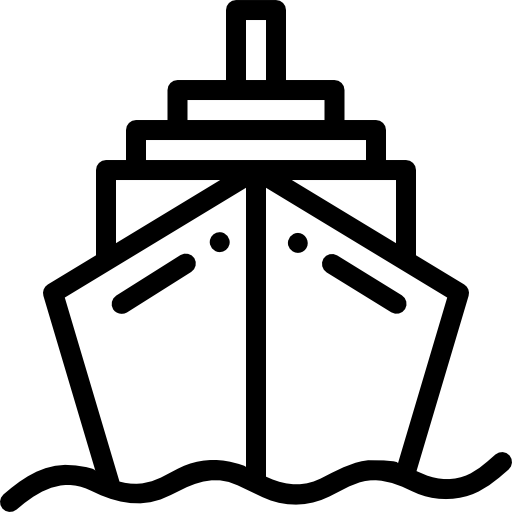Next activities
| 20 Jan 2026 - 21 Jan 2026 WFO Global Summit |
| 04 Feb 2026 - 06 Feb 2026 III Congreso Nacional de Hidrógeno Verde Huelva |
Our territory is located in a new scenario for sustainable tourism promotion at an international level
CRUISE SHIPS | Cruise passengers’ gateway to the Costa Daurada
The archaeological remains of ancient Roman Tarraco, a World Heritage Site since 2000, is recognized internationally by UNESCO, which recently declared it a site of Outstanding Universal Value, the highest category attainable.
What’s more, the area is home to the Monastery of Poblet, a UNESCO World Heritage Site, the Ebro Delta, a UNESCO Biosphere Reserve, and human towers and Mediterranean cuisine, declared UNESCO Intangible Cultural Heritage of Humanity. In addition, Reus, the hometown of the renowned architect Gaudi, offers visitors exquisite examples of Catalan Modernism, while PortAventura World, with three of Europe’s leading theme parks, is a guaranteed fun-filled experience for guests of all ages. Without forgetting its beaches, such as La Pineda in Vila-seca. The region is also home to producers of outstanding wines and cavas.
What’s more, the area is home to the Monastery of Poblet, a UNESCO World Heritage Site, the Ebro Delta, a UNESCO Biosphere Reserve, and human towers and Mediterranean cuisine, declared UNESCO Intangible Cultural Heritage of Humanity. In addition, Reus, the hometown of the renowned architect Gaudi, offers visitors exquisite examples of Catalan Modernism, while PortAventura World, with three of Europe’s leading theme parks, is a guaranteed fun-filled experience for guests of all ages. Without forgetting its beaches, such as La Pineda in Vila-seca. The region is also home to producers of outstanding wines and cavas.
Call score
95.1% of cruise passengers ensure that Tarragona stopover has met or has exceeded their expectations
Tarragona Tour
Visitors score the Tarragona tourist tour
with a 8,9 out of 10
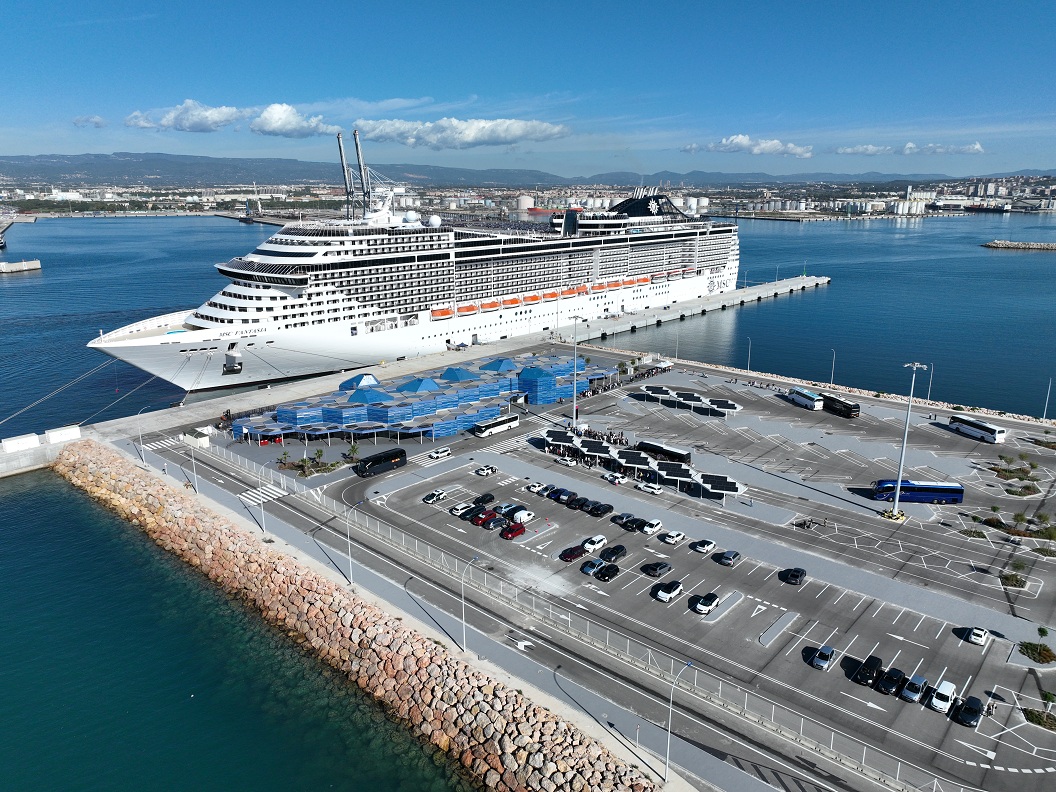
A Port that is prepared
Good infrastructure and operations specialising in the arrival and departure of the cruise ships; ease of access and communication between the terminal, the city and the rest of the area, and a wide range of added value services, characterise the stay in our Port and in our city.
-A dock exclusively for cruise ships
-Passenger terminal
-Attractive discounts on Port tariffs
-Exclusive access via the outer Port
-Available moorings
-Easy mooring operations
-Quick and easy administrative procedures
-Parking and waiting area for buses
-Free tourist information on board or at the terminal
-Possibility of a shuttle to the city centre
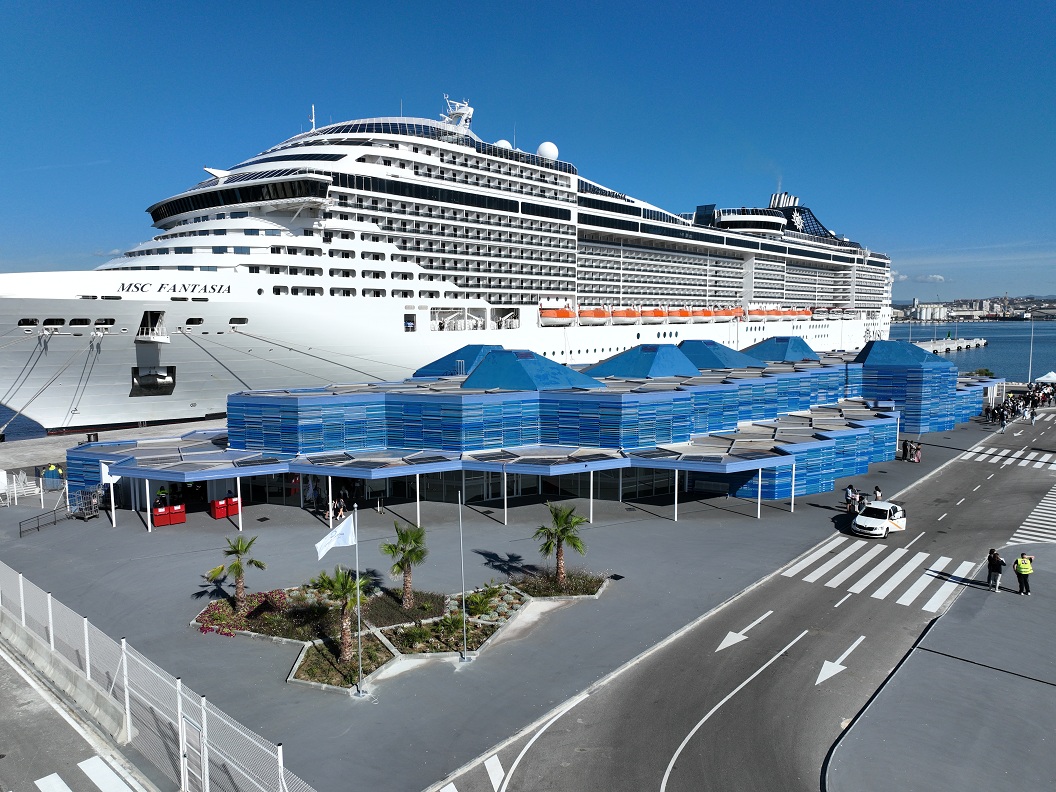
Transverse commitment
In 2013 the cruise project went from being something purely concerning the port, and evolved into a strategy for the whole area. The cruise board was set up, led by the Port of Tarragona and made up of all the parties involved in the arrival and consolidation of the cruise industry:
-Port Tarragona
-Patronat Turisme Costa Daurada
-Patronat Turisme Ajuntament Tarragona
-Patronat Turisme Ajuntament Reus
-Patronat turisme Ajuntament Vila-seca
-Cambra de comerç, Indústria i Navegació Tarragona
-Port Aventura World
-Global Ports Holding
-FEHT (Federació d'Empresaris i hostelers Tarragona)
-Universitat Rovira i Virgili - EURECAT
-AEHT
-Direcció General Turisme
-Aeroport Reus

The Tarragona Cruise Port Costa Daurada brand was set up in 2013
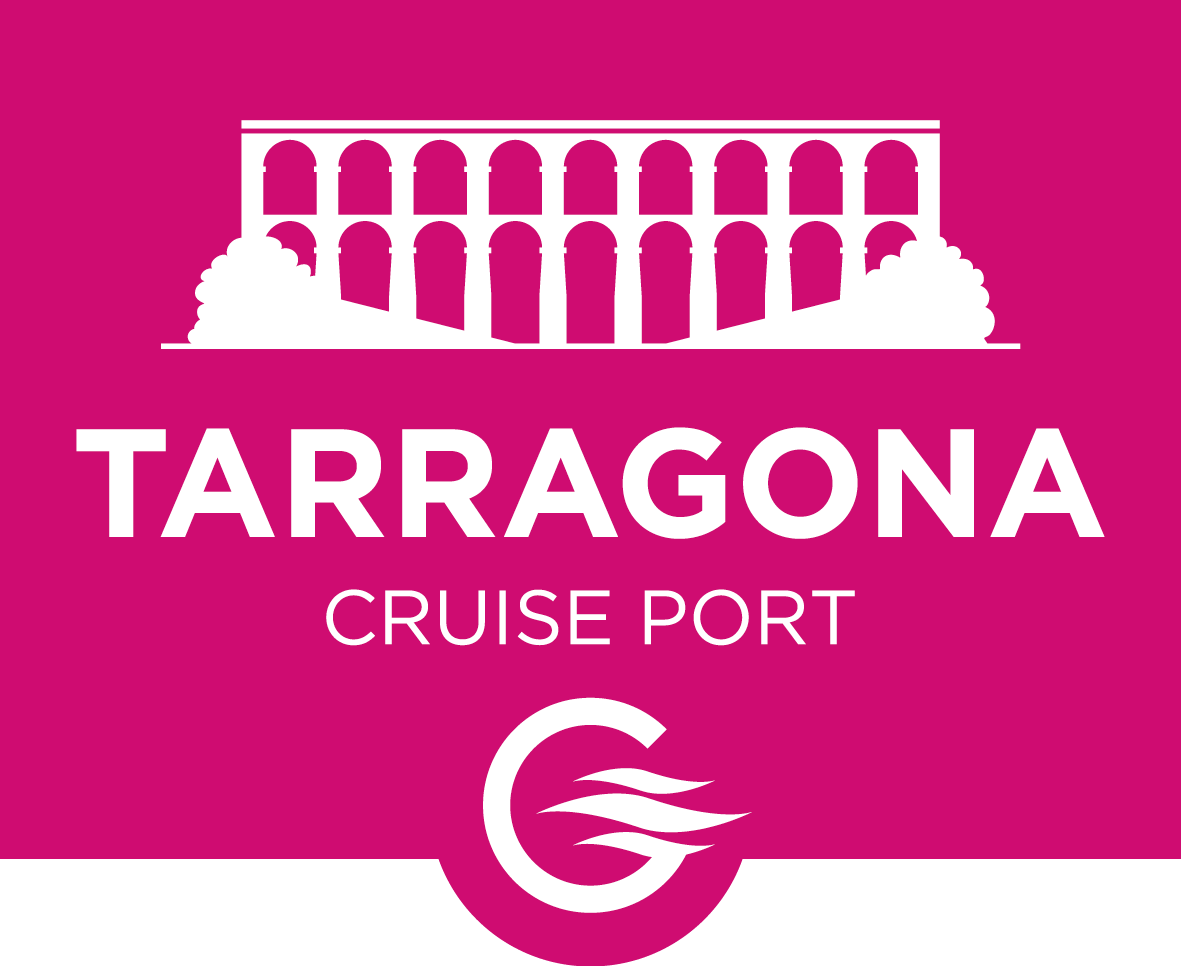
Tarragona Cruise Port Terminal official website
All the information about the terminal, the Costa Dorada destination, the cultural, tourist and mobility offer of the territory, which gives it an exclusive destination character.
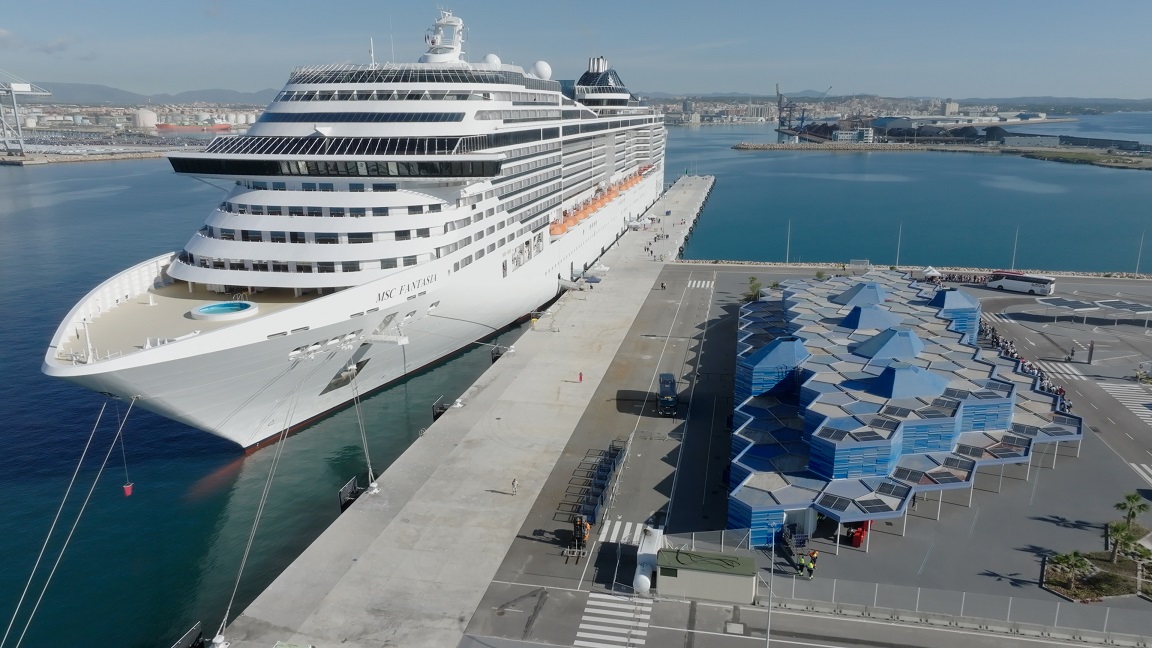
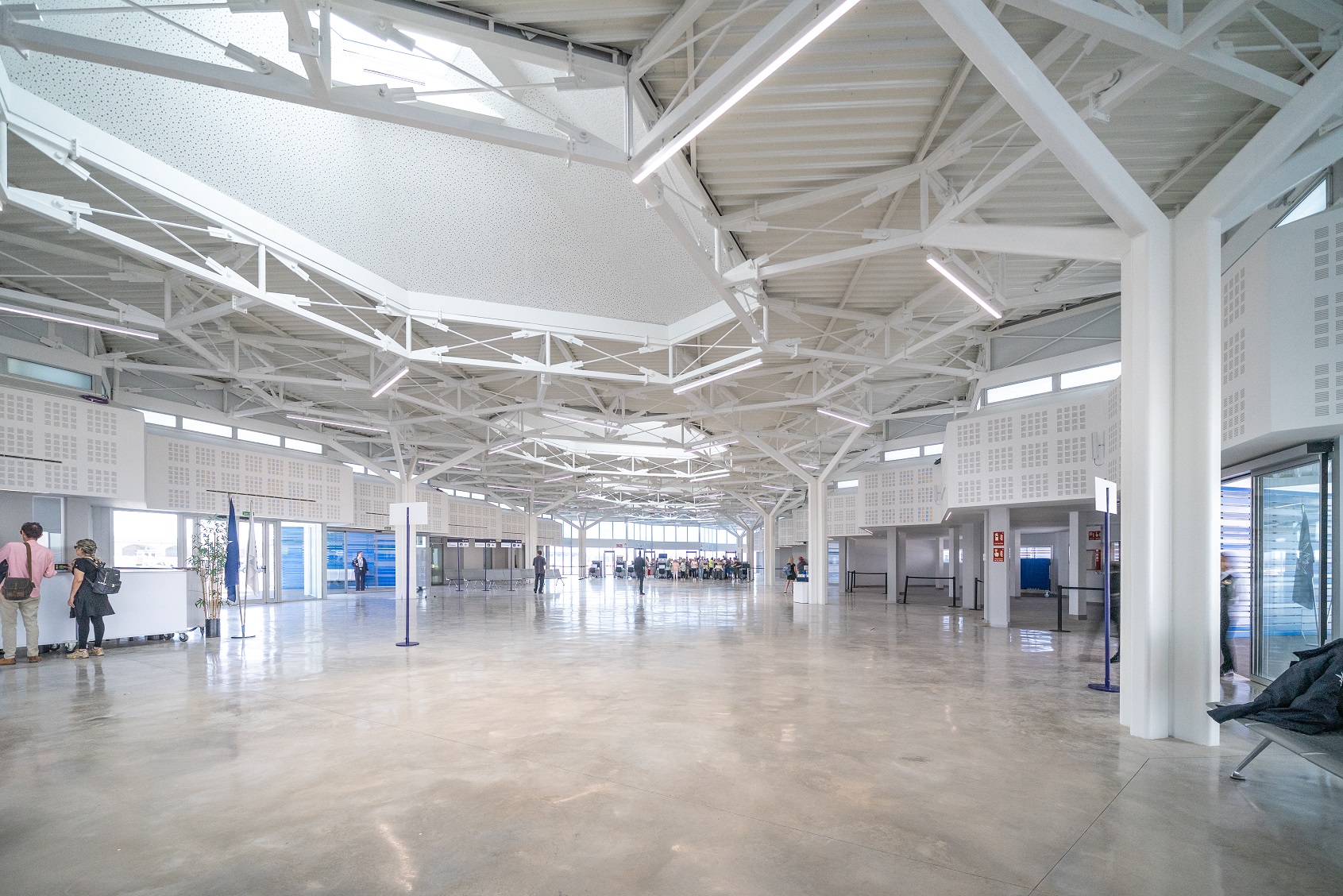

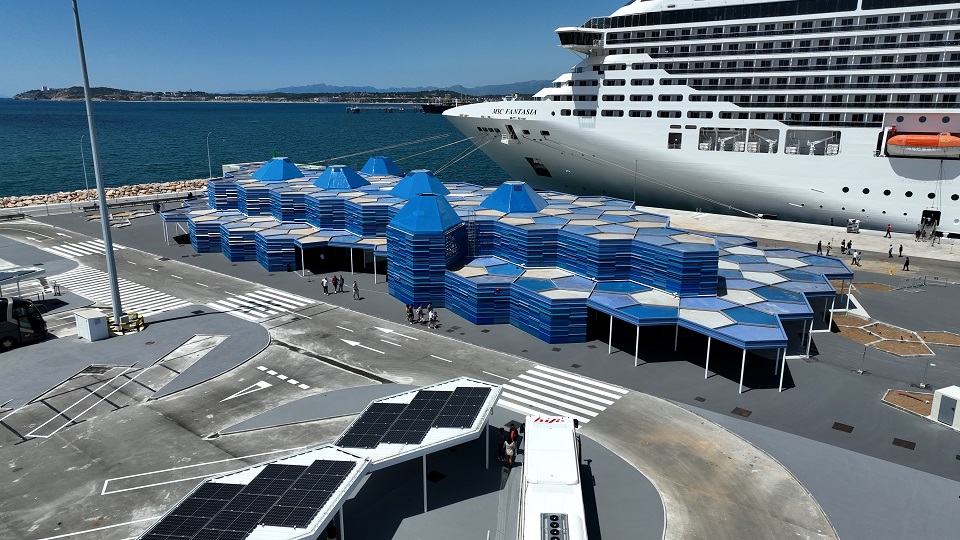
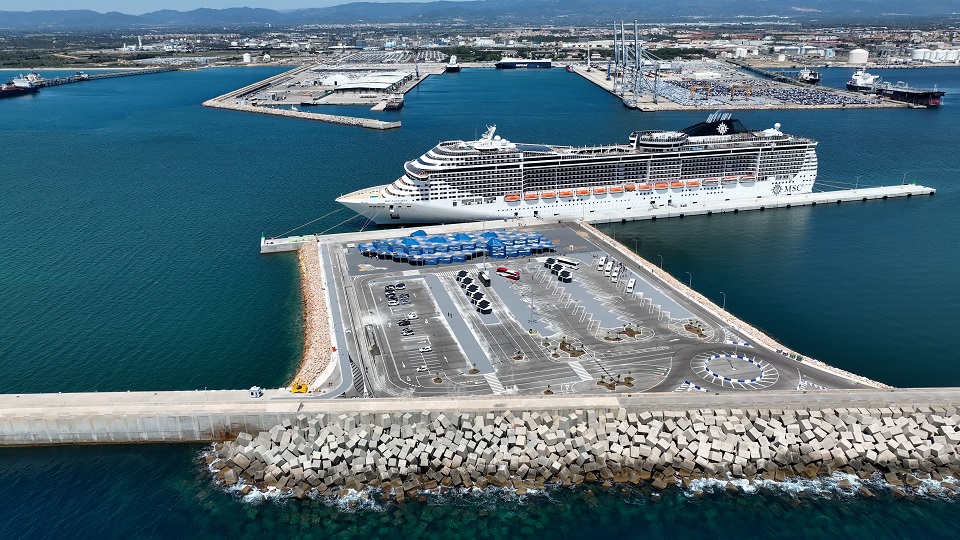
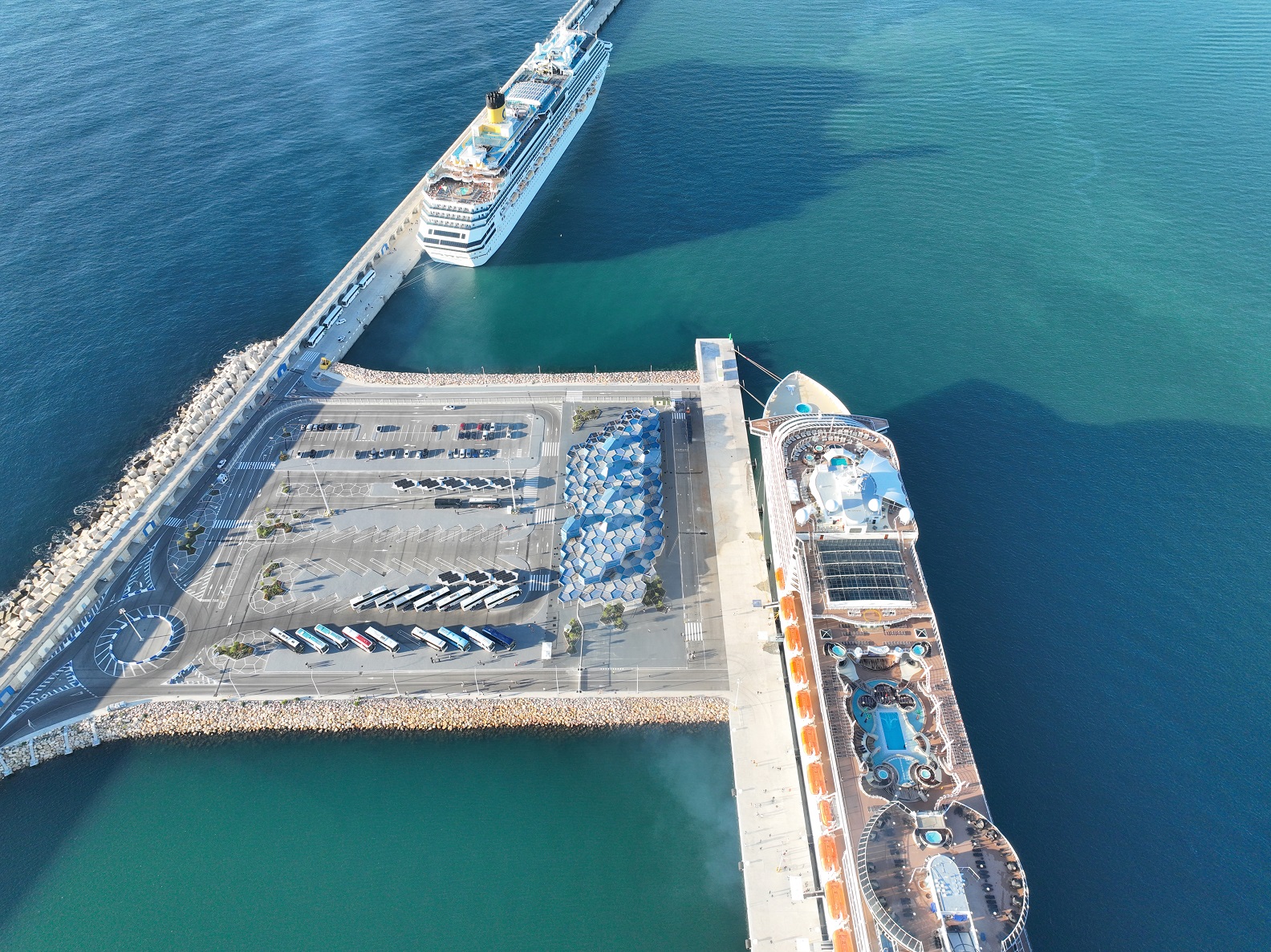
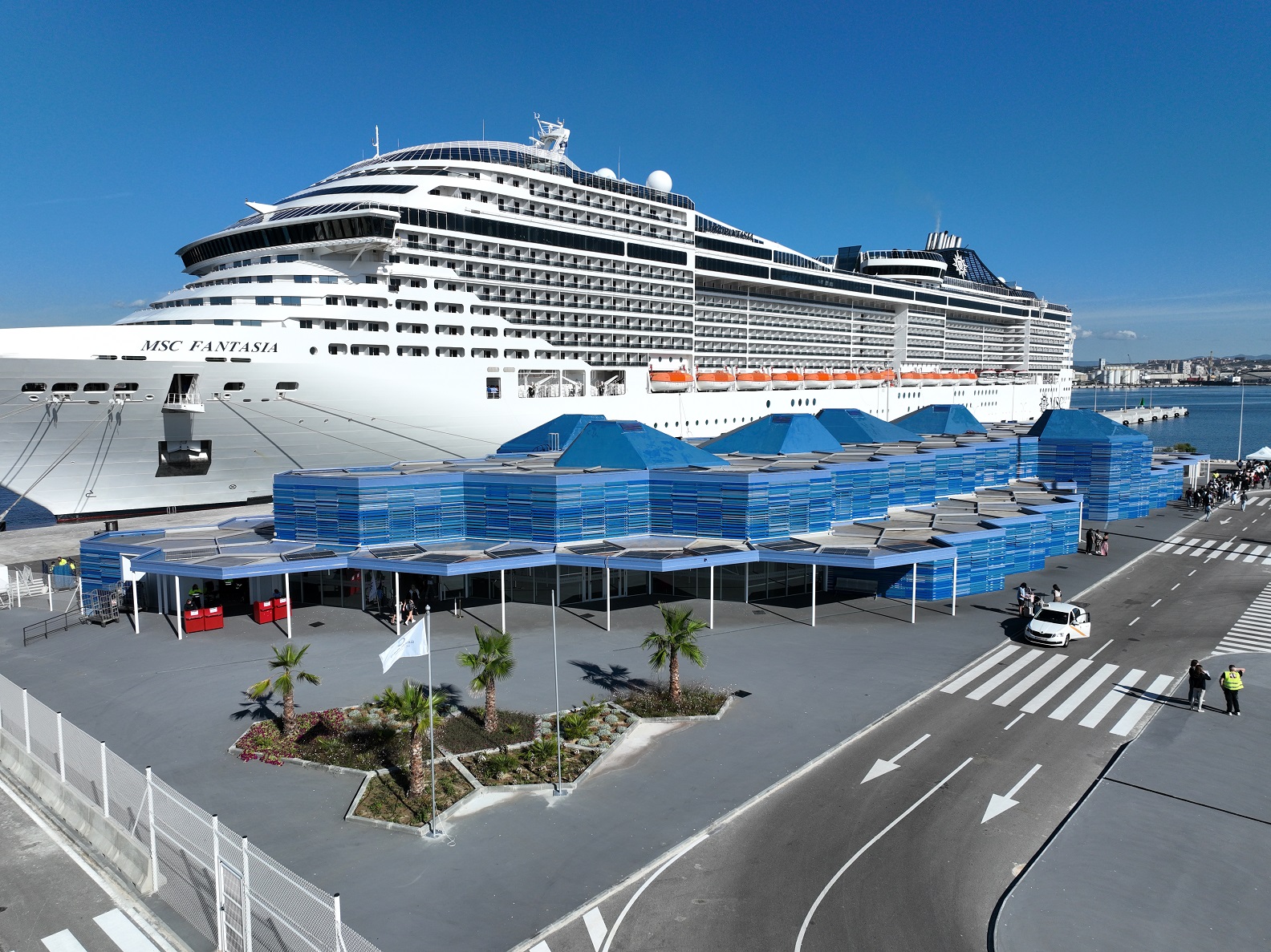
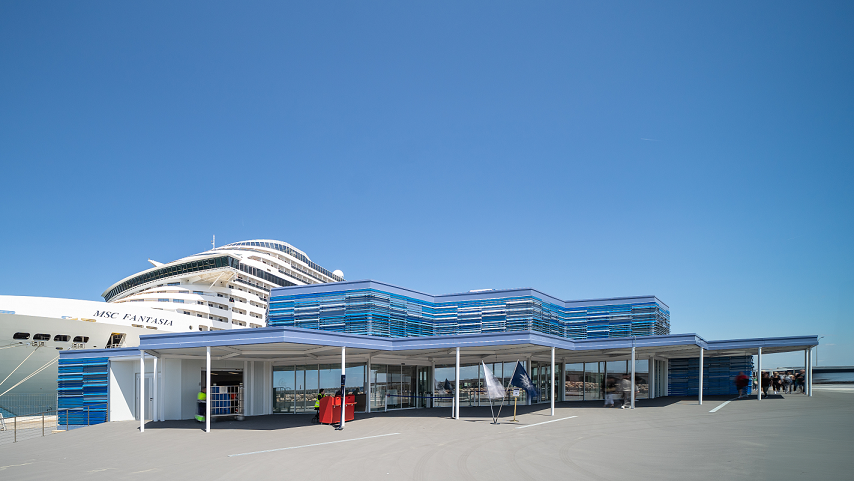
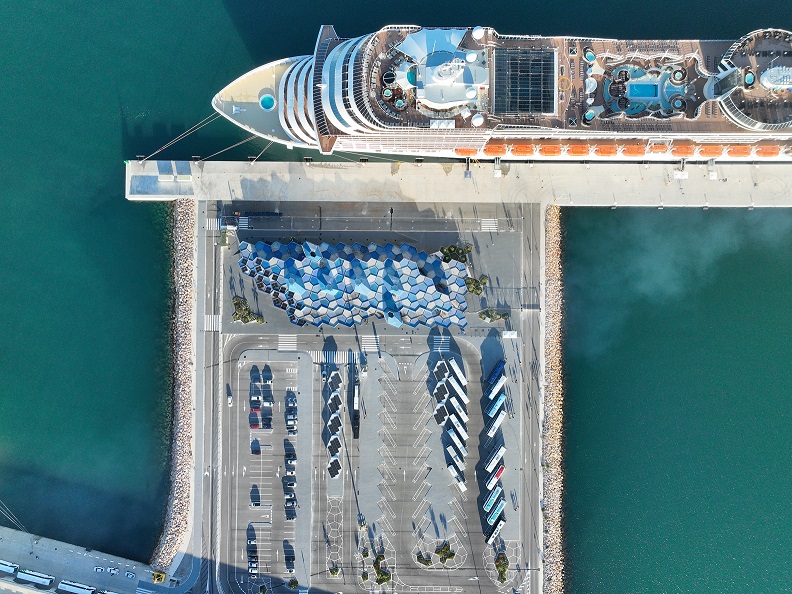
Commercial information
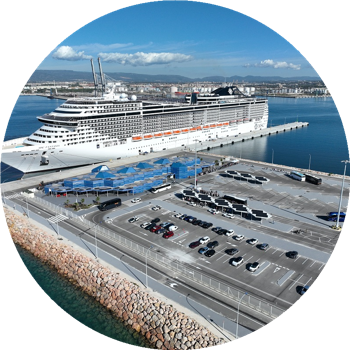
The Moll of Balears was built with an investment of 30 million euros and, later, the operator Global Ports Holding inaugurated, in the spring of 2024, an innovative and sustainable cruise terminal with an additional investment of 5.5 million.

+34 977 259 400 | Ext. 1336



















